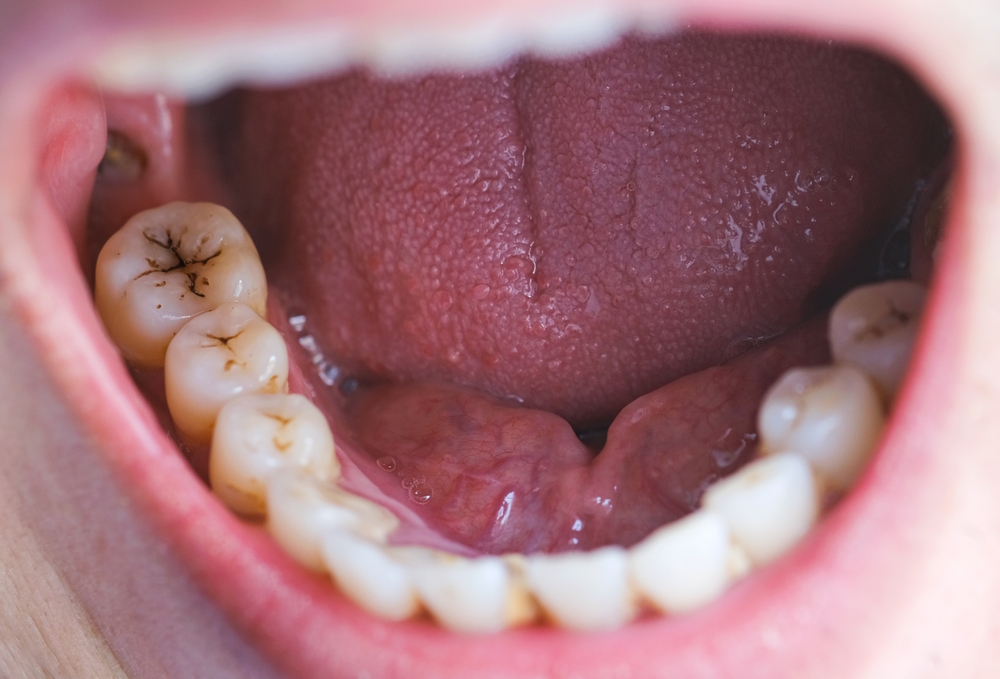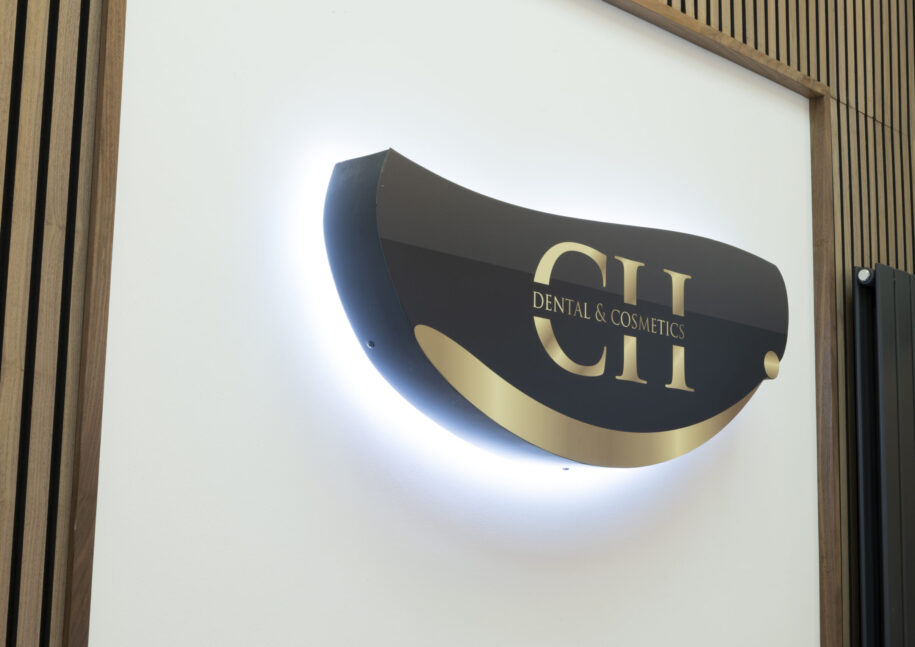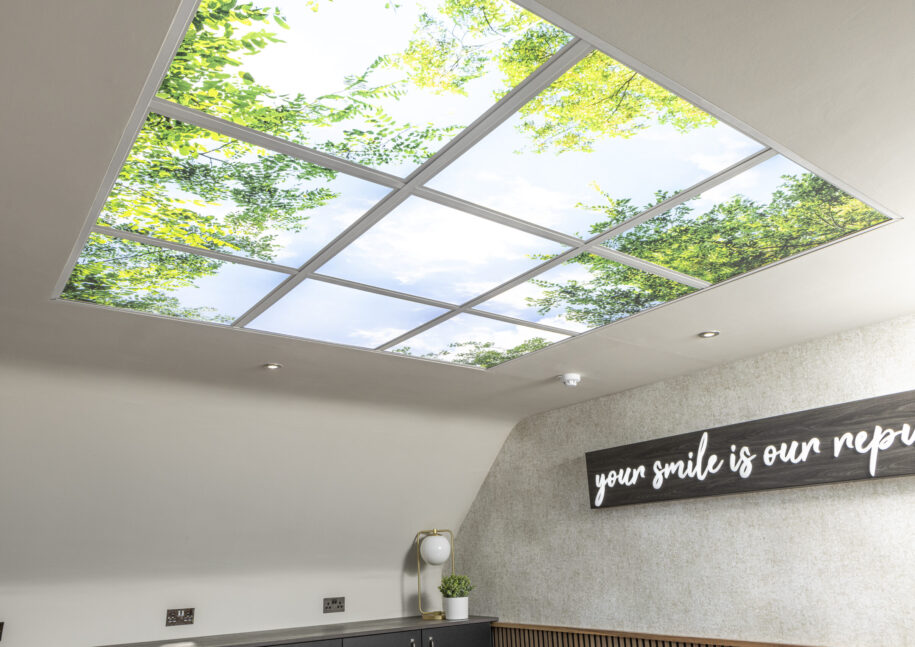The 5 Stages of Tooth Decay And Their Corresponding Tooth Decay Treatments Explained
- Home
- /
- Blog
- /
- Dental Advice
- /
- The 5 Stages of Tooth Decay And Their Corresponding Tooth Decay Treatments Explained
11 June 2024
The 5 Stages of Tooth Decay And Their Corresponding Tooth Decay Treatments Explained
Tooth decay is a common problem that affects many people. Not only does it damage teeth, but it can also cause bad breath, infection, and eventually tooth loss. According to the Great British Oral Health Report, 27% of the population have untreated tooth decay on at least two or more teeth, so dental decay is a serious problem.
In this post, we’ll discuss the stages of tooth decay and their corresponding tooth decay treatment options. But before we dive into those, we first need to talk about a sticky subject.

The role of dental plaque
Have you ever wondered why dental professionals constantly promote treatments and products to prevent the build-up of plaque on your teeth?
That’s because tooth decay always begins with plaque. Without it, there would be no tooth decay.
So what exactly is it, and how does it get on our teeth in the first place?
Plaque is essentially a colourless sticky biofilm made up of a heady concoction of bacteria, food particles, and saliva that begins to form on the teeth 4-12 hours after brushing. At this stage, plaque can be removed with a conventional toothbrush, so it’s important to brush at least twice a day, although many dentists suggest brushing after every meal.
The problems start when plaque isn’t removed. When plaque is left behind, it hardens or calcifies into calculus (tartar) forming a protective shield over the bacteria, giving it the green light to ‘go to town’ on your teeth.
Unfortunately, tartar is impossible to remove by brushing alone and can only be eliminated using specialist tools or processes. In other words, it needs to be professionally scraped off. If it isn’t, bacteria will keep doing their thing, wreaking havoc on your teeth.
Without tartar, there’s little danger of tooth decay, and without plaque, there’s no tartar. So when we talk about tooth decay, everything starts with this innocuous-looking biofilm known as plaque.
Now we’ve got that out of the way, let’s get back to the subject in hand – the 5 stages of tooth decay and their subsequent treatments.
Stage 1: Demineralisation
Tooth enamel is the visible outer layer of teeth and is the hardest substance in the body. It primarily consists of minerals and is designed to protect teeth.
When teeth are exposed to acids found in bacterial plaque, the enamel starts to break down, leading to demineralisation, and the white spots we often see on our teeth.
To treat white spots, dentists will typically prescribe a fluoride gel to help strengthen teeth or a remineralising toothpaste to replace some of the minerals destroyed by plaque. Any visible white spots can also be filled using a tooth-coloured composite resin.
Stage 2: Enamel decay
When the tooth decay process is allowed to continue, it causes the enamel to break down further. This is often identified when the white spots of previous demineralisation have turned a brownish colour. Additionally, small holes known as caries (cavities) can start to form.
Tooth decay treatment for cavities is relatively straightforward with the most common method being dental fillings. These can be metal or tooth-coloured and are designed to plug the holes (cavities) preventing further bacteria from building up inside the area.
Our dentist near Manchester city centre, for example, uses the latest white fillings for that cosmetically flawless look.
Stage 3: Dentin decay
When bacteria-laden plaque is left to its own devices it eats through the enamel of the tooth and into the underlying dentin. This is a much softer layer than enamel which makes it more vulnerable to attack. As a result of it being less resilient, decay can occur faster.
Dentin also contains small hollow microscopic channels known as dental tubules that travel from the inside of the tooth where the pulp forms and through into the dentin. Their main role is to carry all the nutrients contained within the pulp to other parts of the tooth.
Because of this, when dentin is under attack from decay, teeth can become sensitive. You may notice this when consuming hot or cold foods or drinks or even when air is passed over the tooth.
Tooth decay treatment for dentin-related problems typically includes tooth fillings. Whilst a filling replaces any lost tooth structure after the cavity has been flushed out and is free from bacteria, it can also protect the tooth from further sensitivity.
Stage 4: Pulp damage
The pulp is the innermost layer of the tooth and houses all the nerves and blood vessels needed to help the tooth stay alive. It’s perhaps no surprise that when tooth pulp comes under attack from bacteria, it will start to feel painful; either via a constant dull ache, or a sudden shooting pain when chewing or drinking. Chances are when decay reaches this stage, you’ll know you have a problem.
Pulp damage typically involves more time-consuming procedures like root canal therapy. Here, any diseased pulp is removed from the central canal which is then backfilled and sealed off to prevent further infection. In most cases, a dental crown is also placed over the affected tooth to protect it.
Stage 5: Abscess
As tooth decay advances further into the pulp, the invading bacteria may cause inflammation. This can lead to a pocket of puss (an abscess) that forms at the tip of the tooth root or in the gums at the side of a tooth root.
Puss is essentially a byproduct of our immune system’s fight against a bodily invader like bacteria. As our immune system fights the invasion it leaves behind a trail of dead white blood cells, dead bacteria and even fungi. As the fight intensifies and more and more detritus accumulates, it breaks down, resulting in what we commonly know as puss.
As well as creating a foul-tasting odour in the mouth an abscess can cause extreme pain, as anyone who has ever had a tooth abscess will verify.
A tooth abscess normally requires prompt action because if left untreated, the infection can spread to other areas of your jaw, neck, and throat. In extreme cases, a tooth abscess can cause septicaemia, a life-threatening condition.
The treatment is usually carried out under a local anaesthetic and involves opening up the abscess and draining it. Patients will also need root canal therapy as above, or the tooth may need to be removed altogether, depending upon the degree of infection. If it’s agreed that removal is the best option, the tooth can be replaced with a dental implant.
So there you have it – the five stages of tooth decay and the corresponding tooth decay treatments you can expect.
The trick to repelling tooth decay is to stop dental plaque from forming in the first place. Without plaque, tooth decay shouldn’t even be a thing.
Book your check-up at our dentist in Manchester
Aside from regular brushing and flossing, one sure fire way to make sure you stay on top of tooth decay is to make regular visits to your dentist.
Consider dental check-ups as mini MOTs for your teeth and mouth. A quick visit once or twice a year will save you a lot of money in the long run.
Here at Cheadle Hulme Dental And Cosmetics, we carry out general dental treatments and services like check-ups, tooth fillings, and bad breath treatment; as well as more complex services like dental implants, full smile makeovers, and even denture repair.
In fact, we’re your one-stop shop for all your dental needs. Why not let us help you care for your smile and book an appointment today?
Get in touch
Categories
- spark clear aligners
- Adult Braces
- Boutique Whitening
- Children's Dental Health
- Clear Aligners
- Composite
- Composite Bonding
- Composite Veneers
- Cosmetic Dentistry
- Cosmetic Procedures
- Dental Advice
- Dental Anxiety
- Dental Bridges
- Dental Health
- Dental Hygiene
- Dental Implants
- Dental Insurance
- Dentures
- Research
- Gentle Dentistry
- Implants
- Invisalign
- News
- Oral Health
- Oral Hygiene
- Orthodontic Treatments
- Pain Free Dentistry
- Phobia
- Practice News
- Smile Makeovers
- Stain Removal
- Straight Teeth
- Technology
- Teeth Straightening
- Teeth Whitening
- Tooth Brushing
- Treatment Offers
- Treatment Packages
- Veeners
- Your Dentist
Treatments
Taking your smile in a positive direction
When it comes to a friendly, caring, and professional dentist in Cheadle Hulme, you won’t find better than Cheadle Hulme Dental and Cosmetics. Why not book an appointment by contacting us directly at 0161 486 0743? We look forward to welcoming you.









